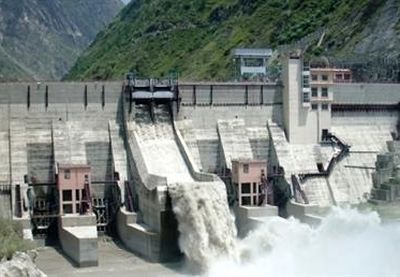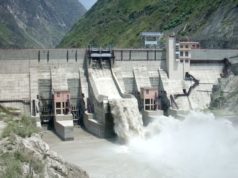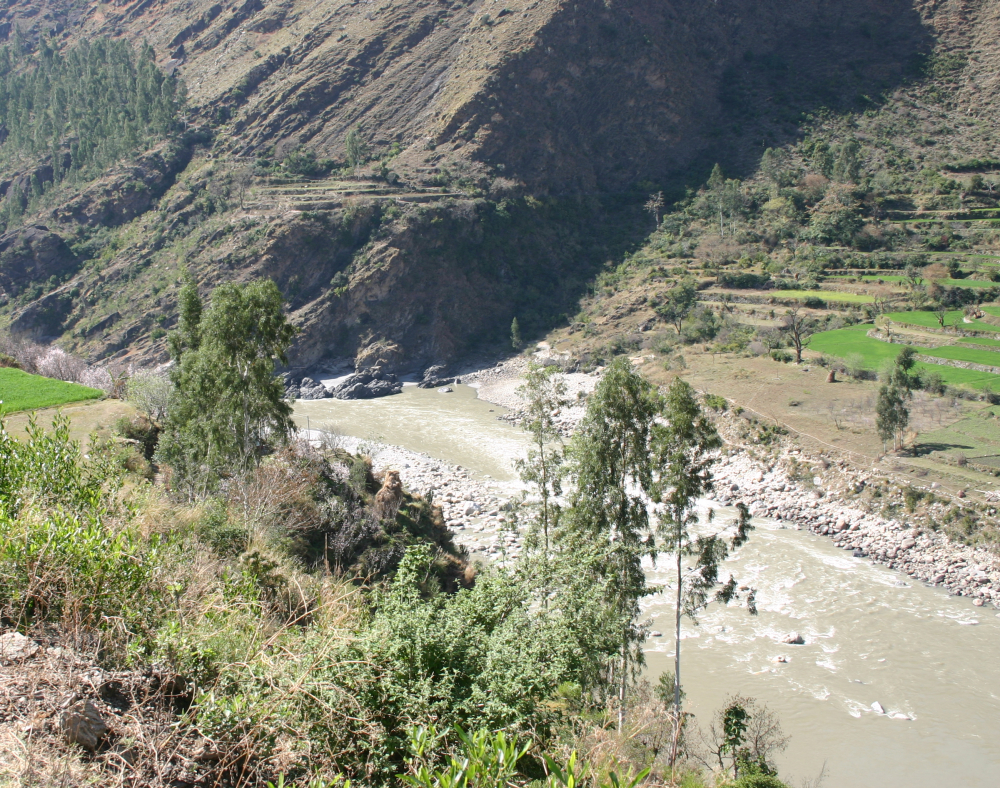Karcham Wangtoo Project Sees 10% Production Drop Due to Silt; Ghanavi and Larji Power Projects Halted Amid Adverse Weather Conditions; Power Supply to Punjab and Delhi Unaffected Despite Local Production Issues
Shimla – The escalating silt levels in the rivers of Himachal Pradesh have begun to disrupt the state’s power production, particularly affecting the Satluj River. On Sunday, the Karcham Wangtoo project experienced a significant production drop of about 10 percent, with output reduced by 200 MW. Normally producing 1200 MW, the project managed only 1000 MW due to the increased silt in the river.
While the majority of power projects under the Electricity Board are maintaining full production, two key projects, Ghanavi and Larji, have been forced to cease operations. A cloudburst near Ghanavi has caused considerable damage, halting work in both its phases. Additionally, the only operational unit at Larji has been shut down due to severe waterlogging. Despite these interruptions, the Electricity Board’s projects are still producing around 80 lakh units of electricity.
The state’s overall electricity supply, sourced from both government and private projects, typically amounts to about 500 lakh units. Although there has been a slight decrease in production, this reduction has not impacted the electricity being supplied to Punjab through the banking system. The continuous supply to both Punjab and Delhi remains steady and unaffected.
Experts caution that further heavy rains could exacerbate the silt issue, particularly in the Satluj River. The Nathpa Jhakri and Rampur projects, crucial for supplying electricity to North India, are already facing obstacles due to the increased silt. If the silt levels continue to rise, power production across the state could see further declines.
The Meteorological Department has issued a yellow alert for the upcoming days, forecasting potential heavy rains. If these predictions materialize, the challenges posed by rising silt in the rivers may intensify, potentially leading to more significant declines in power production and broader impacts on electricity supply.














